|
A small team of researchers from the University of Missouri-Columbia arrived at Fence Stile Vineyards and Winery in early June to conduct a field test. Fence Stile welcomed the team and volunteered several rows of its grapes for a test that involved evaluating the growth and reproductive effects of broad-spectrum herbicide Dicamba on Missouri grapes. Sarah Dixon, a graduate research assistant and master’s candidate in the Division of Plant Sciences, University of Missouri, led the field team on behalf of the project's principal investigator Dr. Reid J. Smeda; Professor, Weed Science.
About Dicamba Soybean farmers that use Dicamba on their crops have been able to combat increasing populations of glyphosate (Roundup)-resistant weeds. According to a summary of the research project, adoption of Dicamba is expected to be widespread on more than five million acres of Missouri soybean. Labeled use of Dicamba can occur between early spring through initial soybean flowering. Dicamba regulates growth and causes significant damage to broadleaf plants, including grapes, at concentrations measured in parts per million. The risk for damage to vineyards from Dicamba can occur through both particle and vapor drift with impacts possible for up to several years. The goal of the research is to conduct field-based experiments to determine the initial and long-term (two years) impact of Dicamba on grape growth and reproduction. Research at Fence Stile Research is being conducted on established grapes at two Missouri vineyards, including Fence Stile, with effects of Dicamba followed for two years at each location. Current available research on the impact of Dicamba in wine grapes is based off of greenhouse studies with rooted grape cuttings. Much less is known about the response of field-grown grapes to accidental exposure of Dicamba. During the test at Fence Stile, grapevines were exposed to Dicamba during initial growth and flowering, which coincide with early and mid-season application timings on soybean. Selected rows of grapes were covered by plastic field tunnels to isolate them from other rows in the vineyard. The effect of particle and vapor drift will be determined independently and results can serve as a baseline to understand expected losses from off-target movement of Dicamba. The treated rows of grapes will be compared to an untreated control group to evaluate any level of plant injury, grapevine development, BRIX sugar content during veraison, and berry development. Grapes will be hand-harvested and grape yield per plant will be recorded. 50 random grape berries placed in sealed containers and frozen for laboratory analysis of important berry characteristics. The research team received funding for the second year from the Grape and Wine Institute to continue this research. Photographs courtesy of Sarah Dixon.
0 Comments
Leave a Reply. |
Archives
September 2021
Categories |
HoursWinter Hours December - February
Saturday: 11 am - 5 pm Sunday: 11 am - 5 pm Regular Hours: March - November: Thursday 3 pm - 7 pm Friday 12 pm - 8 pm Saturday 11 am - 8 pm Sunday 11 am - 5 pm |
Telephone - 816-500-6465 |
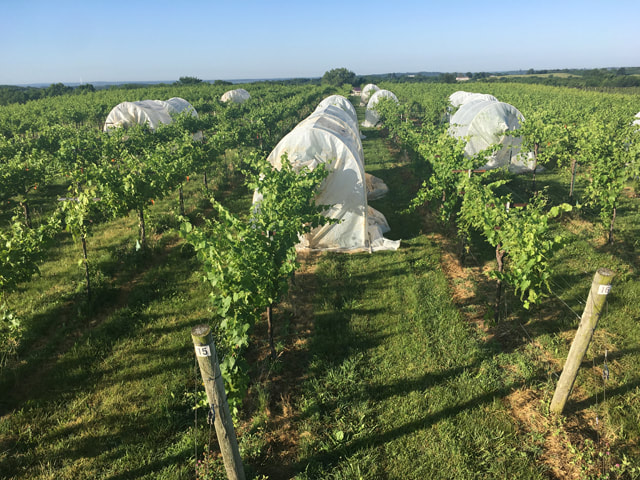
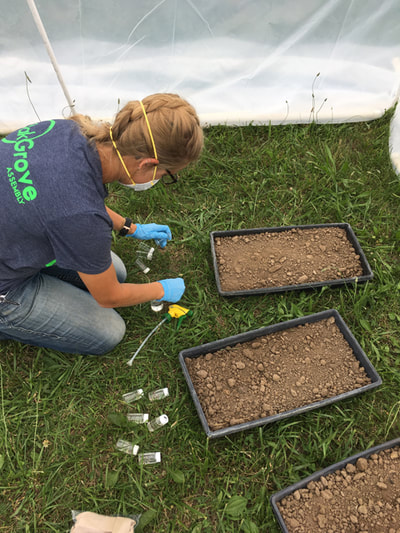
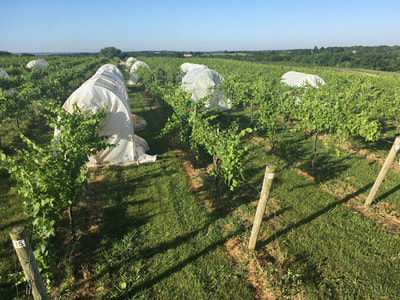
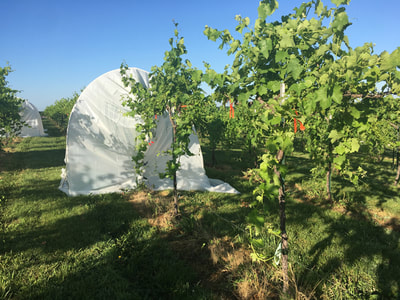
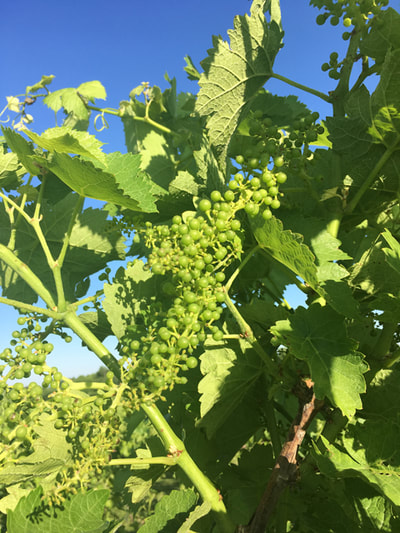
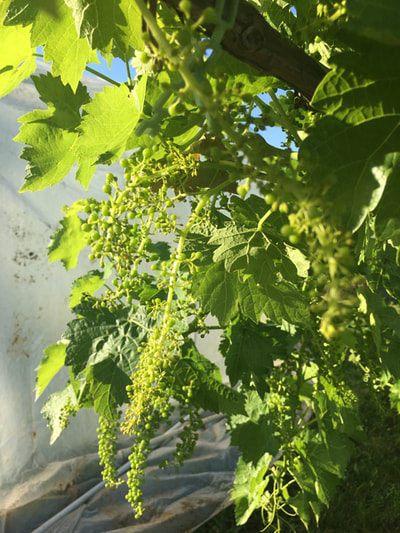
 RSS Feed
RSS Feed






